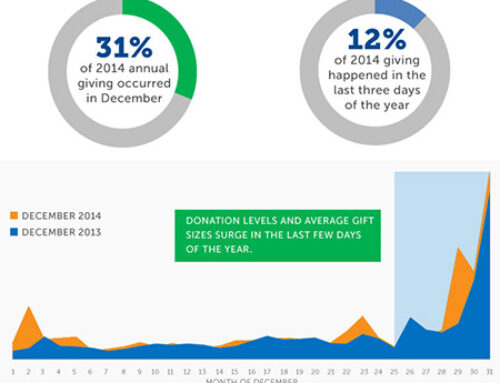 Today we live in a social media/search engine dominated world, and chances are that before someone donates to your cause they are going to spend a little time looking you up online (unless they already know you) to educate themselves a bit more about your cause, and make sure they are making an informed decision.
Today we live in a social media/search engine dominated world, and chances are that before someone donates to your cause they are going to spend a little time looking you up online (unless they already know you) to educate themselves a bit more about your cause, and make sure they are making an informed decision.
In the communities in and around British Columbia where JR Direct is based, we have had the privilege to work with some great nonprofits. Hospital Foundations, Children’s charities, wheelchair sports are a few that have turned to JR Direct for some expert help in raising funds and awareness. These are organizations that have differing agendas and approaches, yet have some common challenges to overcome, in particular when it comes to attracting new donors.
One of the most common challenges we hear about, in particular as a service provider that represents “a cost” to the nonprofit, is centered around costs and ensuring that donors are kept happy with low overhead costs.
It’s too bad that’s the wrong approach.
It’s a common one for sure. In fact, most Non Profits encounter this point of resistance, and our clients are often telling us that donors today are asking them to provide their overhead ratios before they consider making a donation. A recent whitepaper titled “The Overhead Myth” penned by the presidents of the BBB, GuideStar and Charity Navigator, encouraged donors to look beyond the overhead ratio as it is a “…poor measure of a charity’s performance”. Instead they encourage donors to look towards “…transparency, governance, leadership and results” when deciding where to place their donation dollars.
Further to this, there is a popular TED talk from Dan Pallotta entitled “The way we think about charity is dead wrong” which challenges the misconception that a low cost structure equates to a more effective campaign. In the presentation he argues that the business model, which embraces risk, investment, and marketing (among other things) should be the model nonprofits look to as a way to propel them forward, yet the opposite is the case when overhead costs become the focus.
I couldn’t agree more with these points, yet the problem remains and, right or wrong, it’s a major point of resistance and most donors will cite high cost structures as a barrier to giving. So how can this change?
Donors need to be educated. What is absolutely essential is educating donors on the AMOUNT of good being accomplished. In the business world profit is measured by the bottom line on a spread sheet. In the Non Profit world profit should be measured by the success of your beneficiary, the total amount they receive at the end of the day. If they ultimately receive more money, that’s a clear win.
Big goals need to be clearly communicated. Accompany them with the costs needed to reach desired levels. Your supporters should feel like they are playing a part in helping you to increase the size of the pie, not just slicing a larger piece of a smaller pie.
Provide full transparency. Costs cannot be masked, but rather embraced. Donors need to understand that costs are not the enemy, rather a means to an end. Awareness costs money. Innovation takes capital risk. Fundraising talent requires compensation. The rewards to these types of expenses can mean exponentially more returns, ask any business.
Track and report. Donors need to see your progress towards your goals, and the total good being done. Ambitious goals take time, and can even run you in the red in the short term. If this is clearly communicated, tracked, and reported though your supporters can feel like they are part of a larger dream.
I recognize that I am probably a bit Utopian in my ambition, that these concepts are simplistic in their approach, and that I haven’t dealt another side of resistance, that of the Board, but the ultimate point is that it’s important as fundraisers we recognize the need to break free of the ‘overhead is evil’ stigma and start to force a paradigm shift in how we, and our donors, think about costs not as something that needs to be reduced, but rather as the investment source to produce larger returns.






